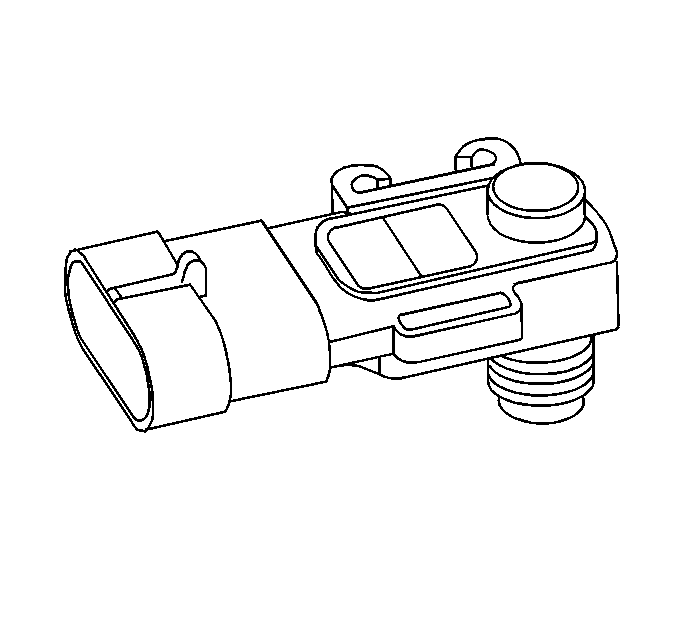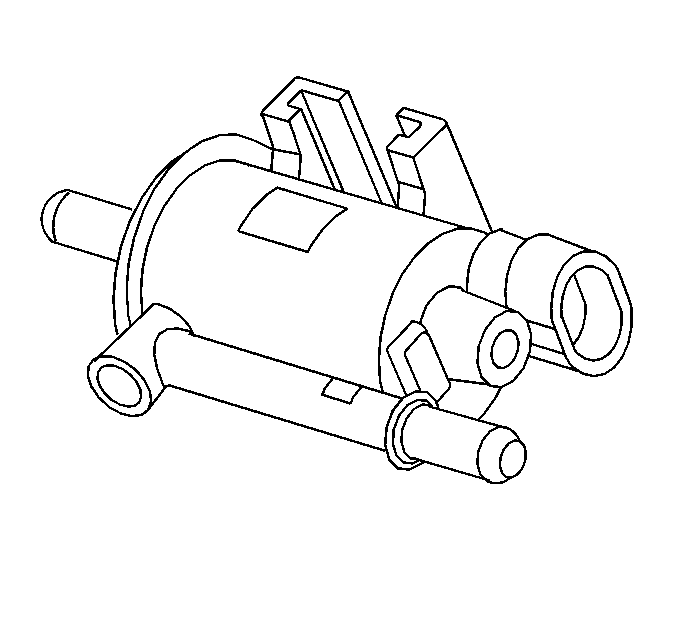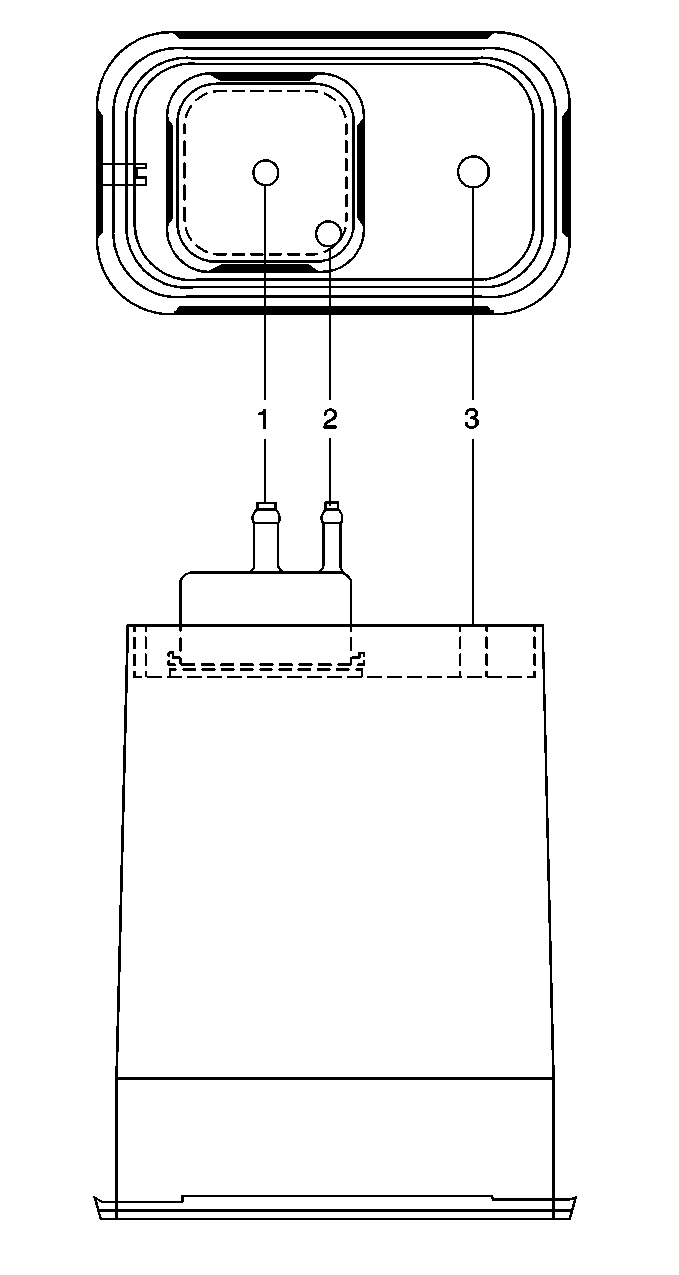ORVR EVAP System Operation
The Evaporative Emission (EVAP) control system limits the fuel vapors from escaping into the atmosphere. The EVAP transfers the fuel vapors from the sealed fuel tank to an activated carbon (charcol) storage device (EVAP canister). The EVAP canister stores the vapors until the engine is able to use the extra fuel vapor.When the engine is able to use the extra fuel vapor, the intake air flow purges the fuel vapor from the carbon element and then the normal combustion process consumes the fuel vapor. The system is required in order to detect the evaporative fuel system leaks as small as 0.040 in. between the fuel filler cap and the EVAP canister purge valve. The system can test the evaporative system integrity by applying a vacuum signal (ported or manifold) to the fuel tank in order to create a small vacuum.
The Control Module then monitors the ability of the system to maintain the vacuum. If the vacuum remains for a specified period of time, then there are no evaporative leaks, and a PASS report is sent to the control module. If there is a leak, the system either will not achieve a vacuum, or a vacuum cannot be maintained. Usually a fault can only be detected after a cold start with a trip of sufficient length and driving conditions to run the needed tests. The enhanced evaporative system diagnostic conducts up to 8 specific sub-tests in order to detect the fault conditions. If the diagnostic fails a sub-test, the Control Module stores a Diagnostic Trouble Code (DTC) in order to indicate the type of fault detected.
Fuel Tank Pressure Sensor

The Fuel Tank Pressure sensor is a 3 wire strain gauge sensor much like that of the common MAP sensor. However, this sensor has very different electrical characteristics due to its pressure differential design. The sensor measures the difference between the air pressure (or vacuum) in the fuel tank and the outside air pressure.
The sensor mounts at the top of the fuel tank sending unit. A three wire electrical harness connects it to the Control Module. The Control Module supplies a 5 volt reference voltage and ground to the sensor. The sensor sends a voltage between 0.1 and 4.9 volts. When the air pressure in the fuel tank is equal to the outside air pressure, such as when the fuel fill cap is removed, the output voltage of the sensor will measure 1.3 to 1.7 volts.
When the air pressure in the tank is 4.5 inches H2O (1.25 kPa), the sensor output voltage should measure 0.5 ± 0.2 volts.
The sensor voltage will be approximately 1.5 volts when the fuel tank pressure is equalized with ambient pressure. The sensor voltage increases to approximately 4.5 volts at 14 inches of H2O (-3.75 kPa).
Evaporative Canister Purge Solenoid Valve

When energized, the evaporative Canister Purge Valve allows the fuel vapor to flow from the EVAP canister to the engine. The normally closed valve is pulse width modulated by the Control Module in order to precisely control the vapor flow. The valve opens during the Enhanced Evaporative Diagnostic Test in order to create a vacuum in the fuel tank and then closed in order to seal the system.
Evaporative Canister Vent Valve

The Evaporative Canister Vent Valve replaces the fresh air vent used on the past EVAP canisters. The vent valve now not only allows the fresh outside air to the EVAP canister during the purge modes, but also allows the diagnostic to pull a vacuum on the fuel tank by closing the vent valve. This valve is normally open.
EVAP System Components
Evaporative System Canister

